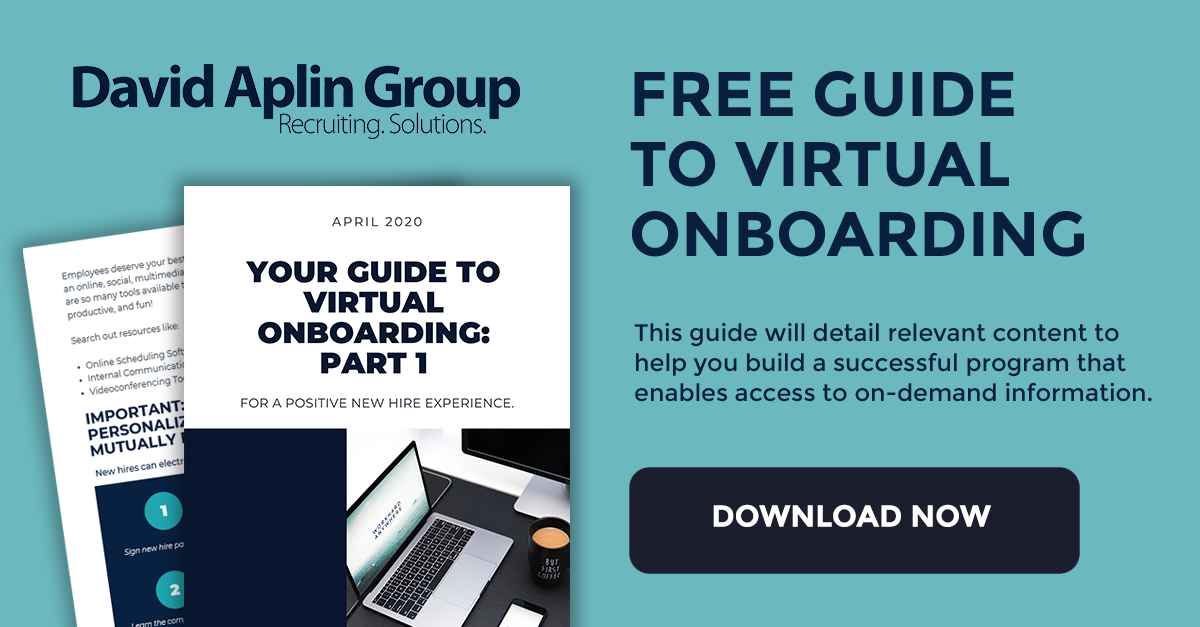How to Virtually Onboard New Remote Employees
Share This Article
Focus on the most important activities
There are a ton of training checkpoints for newly onboarded employees. It’s important to focus on what’s most critical to supporting their ability to do their job successfully and deliver all that information in a way that is productive, engaging, and digestible. The use of video conferencing and internal communications platforms are great ways to stay connected and make those necessary onboarding meetings happen, be it virtually.
Onboarding typically begins with the HR department and likely an internal trainer. But make sure that your new remote employees are also spending time with other team members by setting up 1-to-1 meetings, specifically with their managers. This will have a significant impact on the success of your onboarding program, so educate your managers on the importance of making those 1-to-1 meetings happen as often as possible.
Use the right tools and technologies
It can be very easy for new employees to disengage when working remotely, distanced from leadership, managers, and team members. This is where the power of technology can save the day. Many digital tools help to bring remote employees together and allow companies to initiate creative ways to communicate.
Now is the time to rely on digital tools, specifically those that support social engagement and collaboration. Tools will play a significant role in the success of onboarding remote employees.
If your organization is moving forward with hiring and relying on technology to onboard new employees remotely, consider downloading our free Guide to Virtual Onboarding with some key steps to develop and implement a successful virtual onboarding process.
Blog Photo by Kevin Bhagat on Unsplash





